China’s financing and investment spread across 61 BRI countries in 2023 (up...
2024-02-27 30 英文报告下载
China’s K-12 AST market is huge and is only going to get bigger, in our view. Structural tailwinds that helped the industry to double in size since 2013 (+12% CAGR to RMB508B in 2019E, according to Frost & Sullivan) remain intact, namely rising income, cultural obsession to get into top schools, and strong propensity to spend money on education. Simply put, demand for AST will remain intact due to deeply-rooted cultural aspects, as long as the competitive and test-based nature of Chinese education system remains in place. Frankly, the industry analysis may not even seem necessary, as the market has been growing at an almost boringly steady +12-13% p.a. with no big fluctuation (except 2018, which was impacted by one-off regulatory changes). This was led by gradually rising penetration and prices (Figure 2-3), while the number of K-12 students remained steady; we don’t see why or how the trend will change materially, considering the penetration is still well below some other Asian countries (such as Korea or Japan, where penetrations are north of 50%; Figure 4). Structural, steady, and non-cyclical growth should remain intact for many years, in our view.
This should already sound attractive for many investors. But the real beauty of the industry, in our view, lies in its huge potential for consolidation. According to various industry figures, there are around half a million AST institutions across China, over 90% of which generate less than RMB10m in annual revenue, and the Big Two companies have less than 6% market shares (or 6~7% even including No 3). The fragmentation is even more severe in lower-tier cities, where the Big Players have faced two stumbling blocks – lower income levels (= affordability issue) and difficulties of sourcing quality teachers locally (= access to key resources).
Since last August, the government has stepped up oversight on AST with tougher regulations (Tables 22-23, P46), to raise the quality of AST institutions. Local-level implementation has not yet kicked-in for many provinces; but when new rules are strictly enforced, the sheer costs of compliance will substantially raise the “barriers to survival”, likely forcing many smaller players out of the market, in our view. Moreover, Beijing’s initiative to reform Gaokao (college entrance exam) into a nationally standardized/uniform exam will be a tailwind for the national players, as it’d remove the core competitive edge of smaller local players (i.e., more localized curriculum catering to nearby schools). We thus see industry consolidation as an inevitable and accelerating trend, and the Big Two should garner a big chunk of this. All of these suggest tremendous runway for the Big Two to grow structurally – by expanding shares in a secularly growing industry. We forecast the Big Two’s combined market shares to double to 12% by 2022, in turn implying +35% revenue CAGR for the two (Figure 9).

标签: 英文报告下载
相关文章
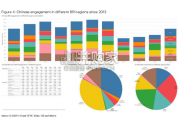
China’s financing and investment spread across 61 BRI countries in 2023 (up...
2024-02-27 30 英文报告下载
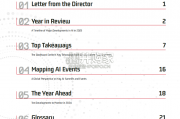
Though the risk of AI leading to catastrophe or human extinction had...
2024-02-26 50 英文报告下载
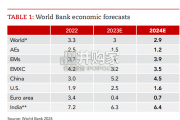
Focusing on the prospects for 2024, global growth is likely to come i...
2024-02-21 95 英文报告下载
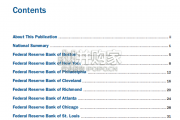
Economic activity declined slightly on average, employment was roughly flat...
2024-02-07 66 英文报告下载
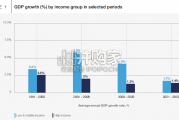
Economic growth can be defned as an increase in the quantity or quali...
2024-02-06 81 英文报告下载
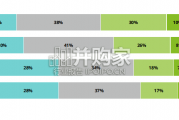
In this initial quarterly survey, 41% of leaders reported their organizatio...
2024-02-05 66 英文报告下载
最新留言